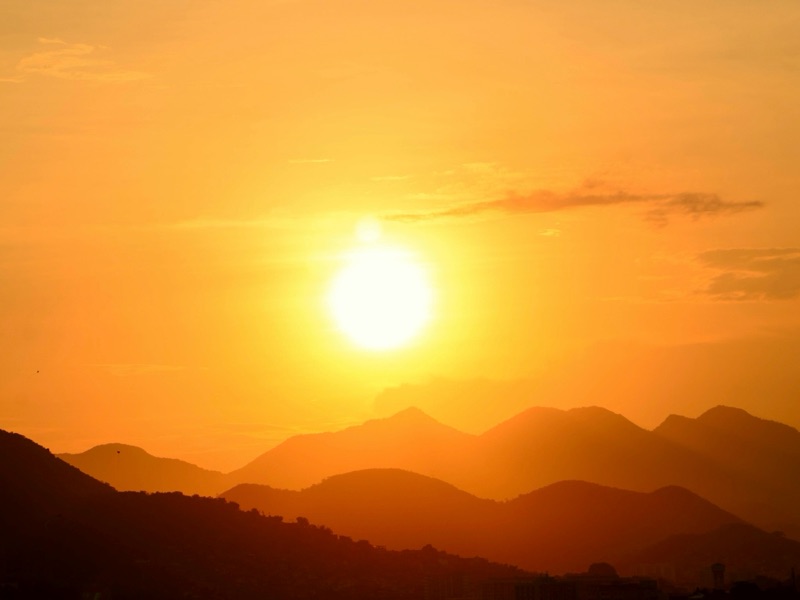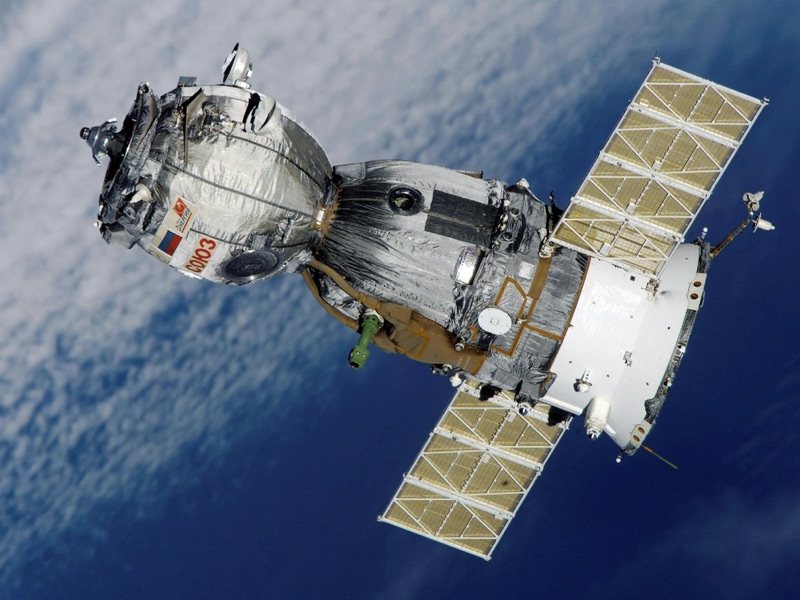Are We Ready for the Next Solar Superstorm? The Looming Threat of a Massive Coronal Mass Ejection (CME)
Introduction: A Solar Time Bomb Ticking Overhead
Human civilization has never been more dependent on technology. From satellites orbiting silently above the Earth to the vast electrical grids powering our cities and the networks driving financial systems, our modern way of life is tethered to fragile systems that rely on a predictable environment. But above us, our nearest star—the Sun—is anything but predictable.
The risk of a massive Coronal Mass Ejection (CME) striking Earth and wreaking havoc on electrical infrastructure is not just science fiction or doomsday speculation. It’s a statistical inevitability. And the uncomfortable truth is: we may be long overdue.

What Is a Coronal Mass Ejection (CME)?
A CME is a colossal burst of plasma and magnetic fields ejected from the Sun’s corona into space. Traveling at millions of kilometers per hour, these clouds of solar particles can intersect with Earth’s magnetic field, triggering geomagnetic storms. Depending on the strength and direction, the impacts can range from stunning auroras to the catastrophic failure of critical technologies.
When a CME hits Earth’s magnetosphere, it induces electric currents that can overload transformers, disrupt GPS and communication satellites, ground flights, and even cause widespread blackouts.
The Carrington Event: A Glimpse Into What Could Come
The most famous CME on record is the Carrington Event of 1859, named after British astronomer Richard Carrington. Telegraph systems across North America and Europe failed spectacularly, operators were shocked by surging currents, and auroras were visible as far south as Cuba and Hawaii.
That event occurred before the advent of the modern power grid, GPS, or satellite infrastructure. If an event of similar magnitude happened today, the effects would be exponentially worse.
In 2012, a CME of similar strength to the Carrington Event missed Earth by just nine days. If it had struck, NASA estimated it would have caused $2 trillion in damage in the U.S. alone, with global repercussions. The Earth was lucky—but we may not be next time.

Why Are We Overdue for a Major CME?
Solar activity follows an approximately 11-year cycle, peaking and dipping in a pattern known as the solar maximum and solar minimum. Historically, large CMEs occur more frequently during the peak of this cycle. We are currently heading into Solar Cycle 25, which is forecasted to peak around 2025.
Studies using ice core data and historical records indicate that massive CMEs (like the Carrington Event or even more powerful ones) happen roughly every 100 to 150 years. The Carrington Event was over 160 years ago, placing us squarely in the zone of statistical likelihood.
In 774–775 AD, evidence suggests an even more powerful solar storm—possibly 10 to 20 times stronger than the Carrington Event—struck Earth. If such a storm happened today, the results could be globally crippling.
What Would Happen If a Large CME Hit Earth Today?
A large CME could bring about a cascading failure of interconnected systems. Here’s what we could expect in a worst-case scenario.
Power Grid Failures
- High-voltage transformers could be permanently damaged.
- Restoration might take weeks to months, even years if multiple transformers are lost globally.
- Affected regions could lose heating, refrigeration, clean water, and medical services.
Satellite Disruptions
- Communication and GPS satellites would suffer from increased radiation.
- Navigation systems for aircraft, maritime vessels, and military operations could be knocked offline.
- Weather prediction systems would be severely handicapped.
Aviation and Spaceflight Hazards
- Flights near the poles might be rerouted or grounded.
- Astronauts on the ISS or lunar missions would be at risk of radiation exposure.
Internet and Communications
- Undersea cables rely on power from shore-based stations, which could be affected.
- Ground-based communication systems (cell towers, fiber networks) could face interruptions.
- High-frequency radio communication could be knocked out entirely.
Economic Fallout
- Financial systems dependent on real-time data could experience outages.
- Global trade, logistics, and supply chains could grind to a halt.
- Recovery costs could range into trillions of dollars, not to mention the human toll.

How Prepared Are We?
The short answer: Not nearly enough.
Governments and scientific organizations are aware of the risks, but action has been slow. Here are some current efforts:
- NASA and NOAA have solar observation satellites like SOHO and STEREO that monitor solar activity.
- The U.S. Department of Homeland Security and FEMA have developed some contingency plans.
- In 2019, the U.S. Department of Energy issued a plan to protect transformers from geomagnetic disturbances—but implementation is slow and limited.
Unfortunately, most of the global infrastructure is not hardened against high-intensity solar storms. Transformer replacement, for example, is a lengthy process due to size, cost, and custom manufacturing.
Can We Do Anything to Protect Ourselves?
Yes, there are strategies we can pursue:
Early Warning Systems
- Improve real-time monitoring of solar activity.
- Develop more robust models to forecast the arrival and intensity of CMEs.
Grid Hardening
- Install protective devices like GIC (geomagnetically induced current) blockers on transformers.
- Design fail-safes that can isolate parts of the grid to prevent cascading failures.
Satellite Shielding
- Build satellites with stronger shielding or place them in safer orbits during heightened solar activity.
International Collaboration
- Create a globally coordinated response strategy—solar storms don’t respect borders.
Public Awareness & Preparedness
- Like earthquakes or hurricanes, educating the public on emergency protocols could save lives and reduce panic.

Conclusion: A Question of When, Not If
A massive CME hitting Earth is not a speculative “what-if”—it’s a question of timing. With each passing solar cycle, the odds tick higher. The fact that we’ve dodged major impacts so far is luck, not foresight.
If we were to experience a Carrington-class event—or worse—in the next 20 years, and we remain unprepared, the technological and societal impacts would be profound. The event could be the first truly global natural disaster of the digital age.
It’s time we began treating space weather with the same seriousness we give to earthquakes, hurricanes, and pandemics.
Comments
Post a Comment